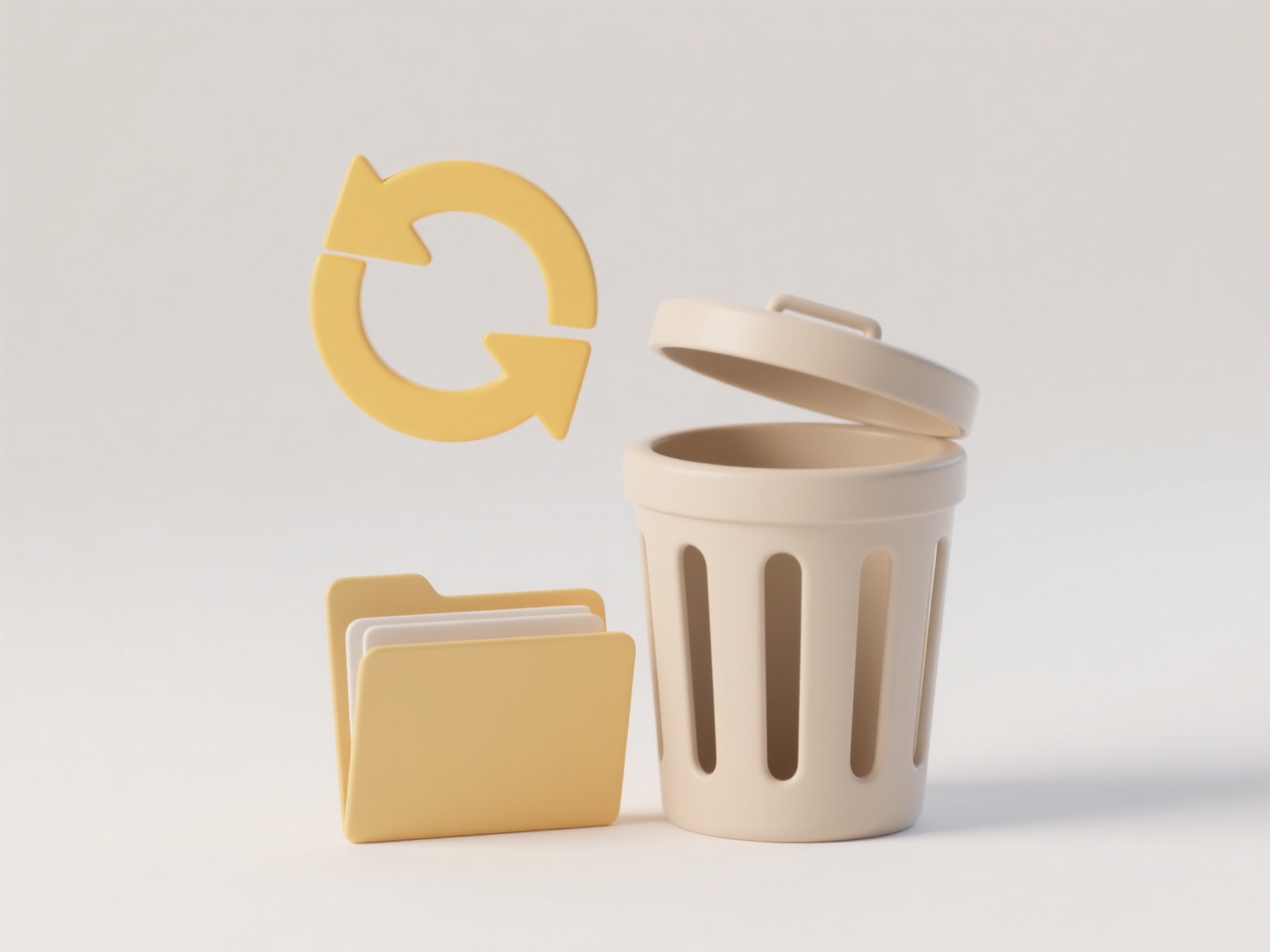
Automatic cloud backup continuously copies selected files from your computer or device to remote online storage (the cloud) without requiring manual initiation each time. It works by installing a dedicated backup application that runs in the background. This software constantly monitors specified folders on your local machine. When it detects any new or changed files within these folders, it securely transfers copies over the internet to your cloud storage account. This differs from manual backups, which rely on user action, and general cloud syncing services that primarily mirror folders across devices rather than offering robust version history and recovery options.

Common examples include using backup services like Google Drive for Desktop (Backup and Sync), Microsoft OneDrive's PC folder backup, or dedicated solutions like Backblaze or Carbonite, which continuously back up entire laptops or selected directories. Individuals use this for photos, documents, and personal projects, ensuring they survive device loss or damage. Businesses often rely on managed services integrated into platforms like Microsoft 365 or specialized enterprise backup tools to automatically secure critical work files and databases offsite.
The primary advantage is effortless, continuous data protection against hardware failure, theft, or local disasters. It offers convenience and peace of mind as a true set-and-forget solution. Key limitations include reliance on sufficient, consistent internet bandwidth for uploads; potential ongoing subscription costs; and reliance on the provider's security practices. Ethical considerations involve ensuring adequate security for sensitive data uploaded to third parties. Future developments focus on faster initial backups, smarter bandwidth usage, and improved ransomware detection within backups.
Can I back up local files to the cloud automatically?
Automatic cloud backup continuously copies selected files from your computer or device to remote online storage (the cloud) without requiring manual initiation each time. It works by installing a dedicated backup application that runs in the background. This software constantly monitors specified folders on your local machine. When it detects any new or changed files within these folders, it securely transfers copies over the internet to your cloud storage account. This differs from manual backups, which rely on user action, and general cloud syncing services that primarily mirror folders across devices rather than offering robust version history and recovery options.

Common examples include using backup services like Google Drive for Desktop (Backup and Sync), Microsoft OneDrive's PC folder backup, or dedicated solutions like Backblaze or Carbonite, which continuously back up entire laptops or selected directories. Individuals use this for photos, documents, and personal projects, ensuring they survive device loss or damage. Businesses often rely on managed services integrated into platforms like Microsoft 365 or specialized enterprise backup tools to automatically secure critical work files and databases offsite.
The primary advantage is effortless, continuous data protection against hardware failure, theft, or local disasters. It offers convenience and peace of mind as a true set-and-forget solution. Key limitations include reliance on sufficient, consistent internet bandwidth for uploads; potential ongoing subscription costs; and reliance on the provider's security practices. Ethical considerations involve ensuring adequate security for sensitive data uploaded to third parties. Future developments focus on faster initial backups, smarter bandwidth usage, and improved ransomware detection within backups.
Quick Article Links
Can I automate file naming in print-to-PDF workflows?
File naming automation in print-to-PDF workflows refers to the process of using predefined rules or dynamic elements (li...
Can I rename database export files dynamically?
Yes, you can dynamically rename database export files. This means assigning a filename during or after the export proces...
What is the difference between owner and editor roles?
Owner and editor are distinct roles defining different access levels within systems or platforms. The owner role represe...